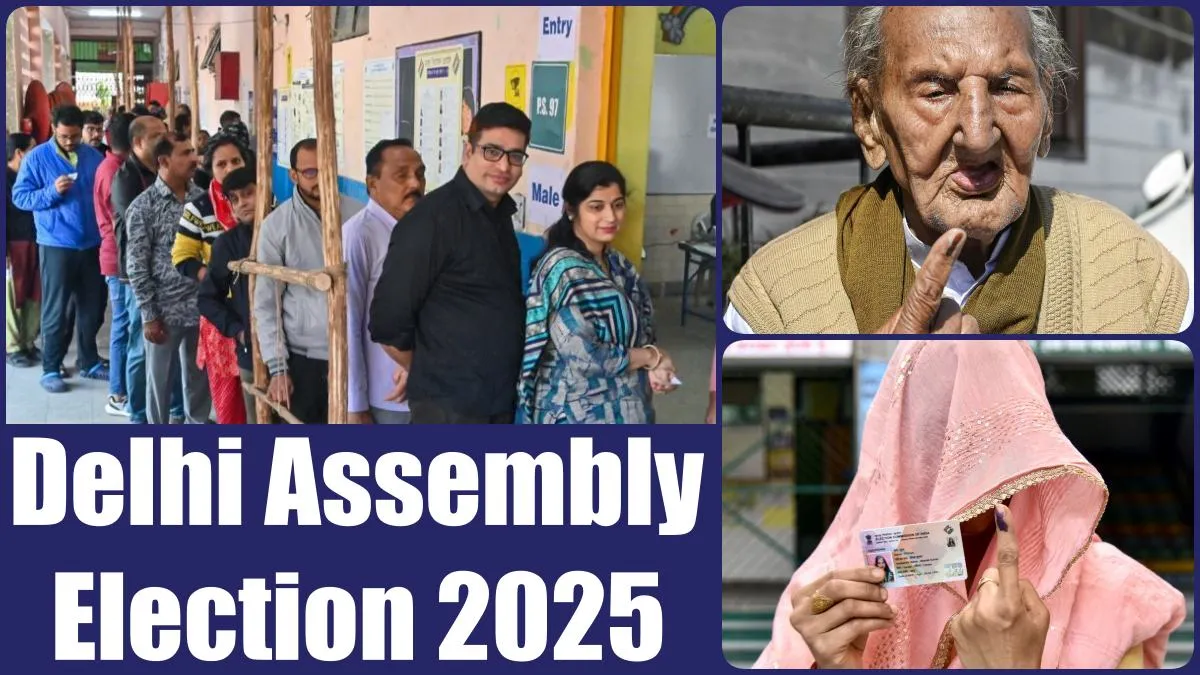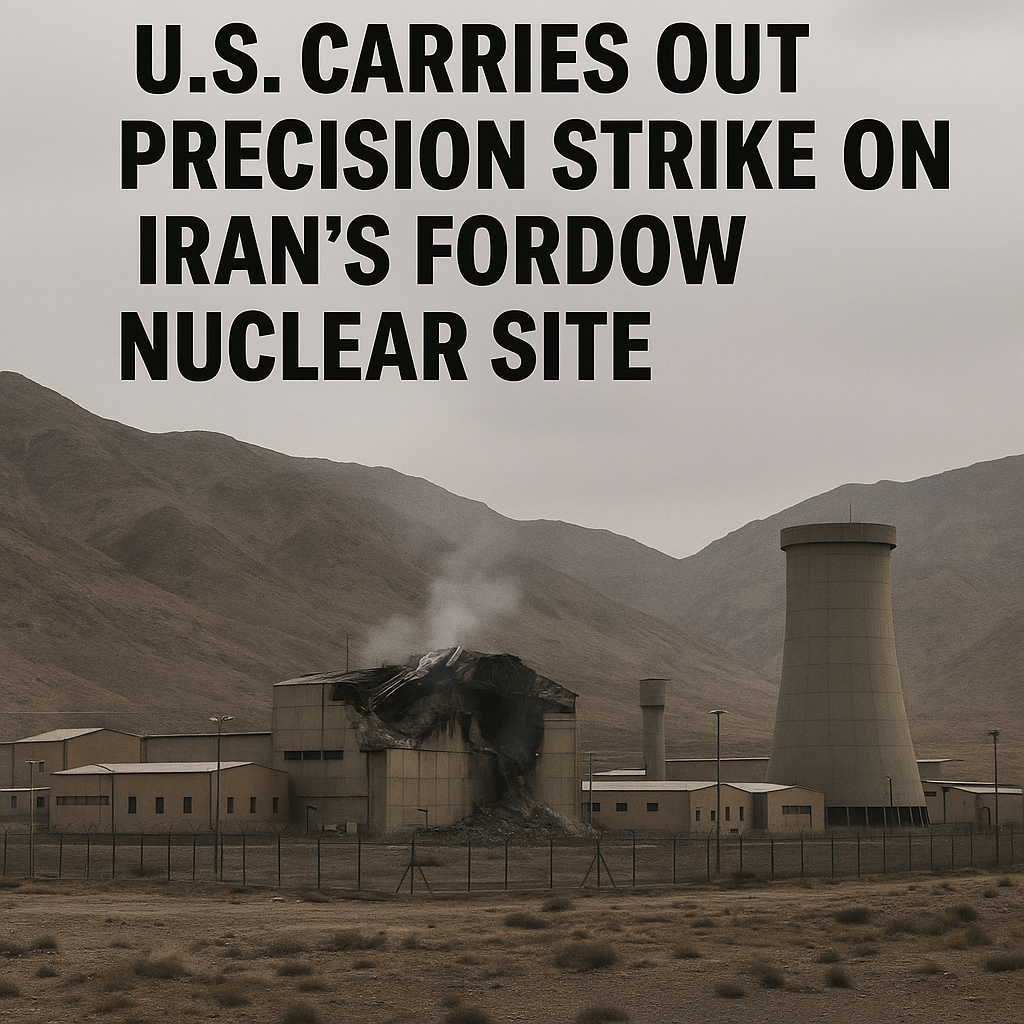Delhi Election 2025 Result Date , Delhi voting percentage
Delhi Election 2025: Result Date and Voter Participation Insights
As the capital city of India gears up for the upcoming 2025 Delhi Legislative Assembly elections, there is growing interest in both the result date and voter turnout. The Delhi election holds particular significance as it will decide the political future of one of the country’s most influential states. In this article, we will discuss the expected date for the results, the importance of voting percentages, and what they signify for the political landscape of Delhi.
Expected Date for Delhi 2025 Election Results
The Delhi Legislative Assembly elections are scheduled to take place in February 2025. According to the Election Commission of India, the results will likely be announced within a few days after the conclusion of the voting process. While the exact date for the declaration of results has not been fixed, it is anticipated that counting will occur on the same day of the election, or at the latest, the day after.
Delhi, a Union Territory with its own legislative assembly, has witnessed a remarkable political landscape shift in recent years, with the Aam Aadmi Party (AAP) gaining prominence. The national capital’s elections are often viewed as a significant precursor to the larger national elections due to its unique demographics, which blend cosmopolitan aspirations with strong regional issues.
In the previous 2020 Delhi Assembly elections, AAP emerged as a dominant force, securing 62 out of the 70 seats. The Bharatiya Janata Party (BJP) trailed behind with just 8 seats, while the Congress party failed to win a single seat. This shift has made the upcoming 2025 election crucial, as the AAP will look to solidify its grip, while the BJP aims to make significant inroads. The results will, therefore, not only reflect Delhi’s current political pulse but could also influence national political trends.
Importance of Voting Percentage in Delhi
Voter turnout plays a critical role in shaping the results of the Delhi Assembly elections. Historically, Delhi has seen varying voter participation, and the 2020 elections marked a notable high with an impressive turnout of 62.59%. High voter participation typically reflects the electorate’s interest and trust in the political process, and it can often be indicative of the level of engagement in the ongoing political campaigns.
In the upcoming 2025 elections, various political parties, including AAP, BJP, and Congress, will undoubtedly focus on increasing voter turnout. Both national parties, particularly BJP, have shown a keen interest in expanding their influence in the city, which will likely include efforts to boost voter participation. On the other hand, AAP has traditionally had a strong grassroots network that ensures solid participation from its base, which largely comprises urban, young, and middle-class voters.
Increasing voter turnout will also play a pivotal role in consolidating or changing the political trends of the city. While the 2020 election saw a high turnout, many are wondering if the percentage will be higher or lower in 2025. Historically, Delhi’s voter turnout fluctuates based on the political climate, major candidates, and the perceived impact of local issues.
Why Voter Participation Matters
High voter participation generally translates into a more representative democracy, as it ensures that a larger cross-section of society has a say in shaping the legislative direction of the city. In Delhi, issues like education, healthcare, infrastructure, law enforcement, and even local governance dominate election discourse. With parties promising different solutions to these challenges, the level of public engagement can offer important insights into the city’s political direction.
Moreover, voter turnout also influences the legitimacy of the election results. A significant number of voters casting their ballots enhances the credibility of the outcome, making the results more difficult to contest. Therefore, political parties will look to ensure that as many eligible citizens as possible are encouraged to vote. The Election Commission of India has always played a key role in organizing voter awareness campaigns, especially in the lead-up to elections, to educate the public about the importance of casting their vote.
Parties’ Strategies to Boost Turnout
In preparation for the 2025 elections, various political parties are expected to step up their campaigns, particularly focusing on encouraging voter registration and participation. The AAP has already established a strong presence, but it will continue to emphasize its developmental programs, such as improvements in education and healthcare, which could drive more citizens to vote.
Meanwhile, the BJP, which traditionally has a strong presence in Delhi, will likely focus on issues like national security, economic growth, and infrastructure development to appeal to the city’s voters. With the possibility of a renewed focus on communal issues, it will also be crucial for the party to maintain a strong voter base while trying to attract new demographics.
Congress, although facing challenges in Delhi, may center its strategy around providing an alternative vision for the city. While its past performance in the region has been subpar, its legacy and attempts to reposition itself in the national discourse could play a role in enticing potential voters dissatisfied with the status quo.
Conclusion
The 2025 Delhi Legislative Assembly elections are expected to be a crucial event in Indian politics, not just for the capital city but also as an indicator of broader national trends. The result date, though not fixed yet, will likely fall soon after the election, with counting taking place shortly after polling day. Voter participation, or the percentage of voters who cast their ballots, will be an important factor in determining the outcome. Political parties will undoubtedly continue to push for greater engagement as the election date approaches, knowing that higher voter turnout could signal stronger political legitimacy and a more representative democratic process. As the political campaigns intensify, all eyes will remain on the capital to see how its citizens shape the next chapter of Delhi’s political future.














Post Comment